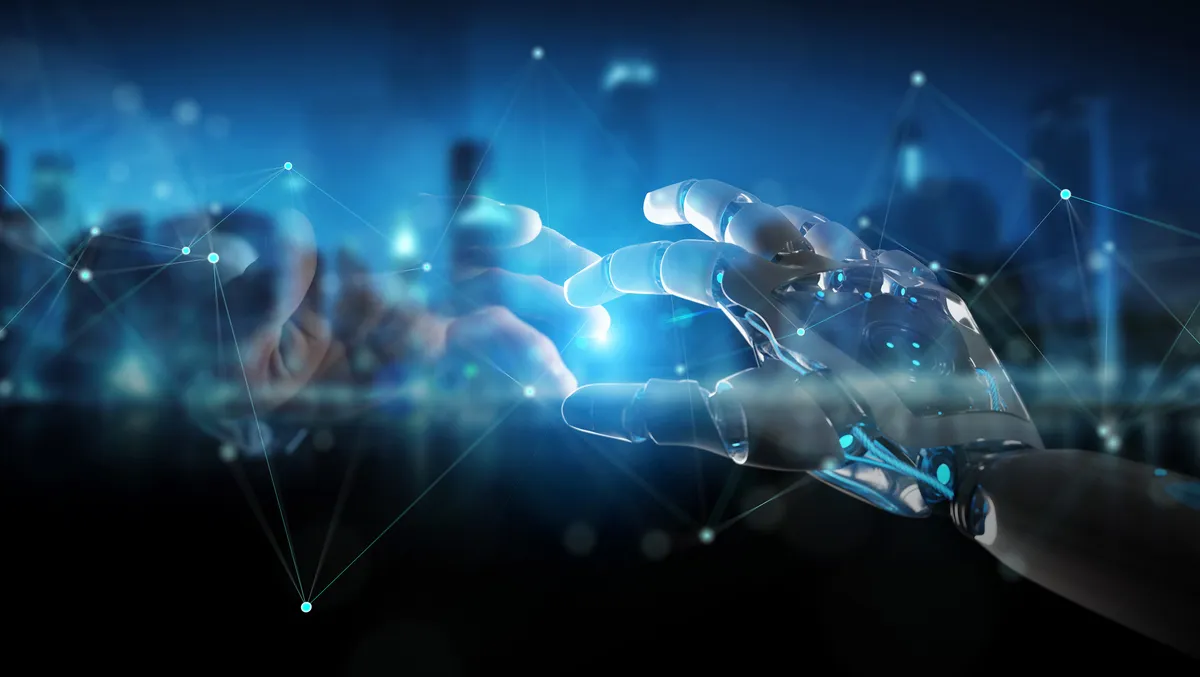
OutSystems launches new features and generative AI roadmap
OutSystems has announced new AI features - including the general availability of its new connector for Azure OpenAI, built jointly with Microsoft - and its roadmap for a new suite of generative AI capabilities, codenamed Project Morpheus.
The new offerings are the latest output of OutSystems dedicated AI research centre and draw on the company's patents and expertise in large language models and graph neural networks.
Paulo Rosado, Founder and CEO of OutSystems, comments, "OutSystems is absolutely focused on developer productivity without tradeoffs. When we developed our first product, software was a manual process and most development projects across every industry and company size shipped late and over budget. We heard this over and over again.
"This is where we directed our mission back then, and its how weve evolved it to today. Our AI platform makes dev teams orders of magnitude more efficient. Unlike other vendors who happily check the box on AI and speed, we know thats just the surface. Our deep investment in an AI-backed platform, with strict oversight and built-in governance, helps ensure every app meets the highest standards of enterprise readiness."
Improving app experiences with new Azure Open AI Connector
Now in general availability, the new OutSystems connector for ChatGPT enables users to build AI-powered applications with low-code in a matter of minutes.
By enabling developers to easily harness the power of generative AI within their applications, they can expand into new use cases and unlock new possibilities with interactive conversational experiences. Examples of this include enhanced customer support, virtual assistants, travel and booking applications, language translations, and more.
Leveraging generative AI without sacrificing control
With Project Morpheus, developers of any skill level can build apps that fit their unique requirements through rapid iteration and AI-powered assistance.
Generative AI will create an initial version of an application in a matter of minutes, and then allow developers to quickly customize the application with the AI engine giving real-time change suggestions that incorporate industry-standard best practices.
Key features of OutSystems generative AI roadmap include:
- Instant app generation using conversational prompts: Instead of writing code, developers can use natural language inputs to describe an application, and generative AI will do the heavy lifting of building the app.
- AI-powered app editor offering ongoing suggestions: Leveraging the current ecosystem of OutSystems apps to fine-tune complex generative AI models, OutSystems will provide full-stack suggestions, from data to UI, that can be used to change apps in an errorless experience.
- Real-time, full-stack, visual representations of app changes: To eliminate the black box problem created by generative AIwhere prolific code creation can make it hard to verify whats happening inside the systemOutSystems visual language will make it easy to validate the output of generative AI, while state-of-the-art compiler technology will enable deterministic detection of threats and code patterns produced by generative AI mechanisms.
- Expansive ecosystem of connectors: Customers can easily build AI-powered apps in a matter of minutes with connectors to common services from Microsoft, Google, Amazon, and other third-party providers.
The new features focus on building highly adaptive app experiences that leverage the power of generative AI to accelerate time-to-market, empower more junior developers and non-coders and enable rapid change and interaction.
This ensures that any AI-generated apps continue to provide the same level of enterprise-grade features and limitless customisations that customers need to meet the increasingly complex demands being placed on IT.


